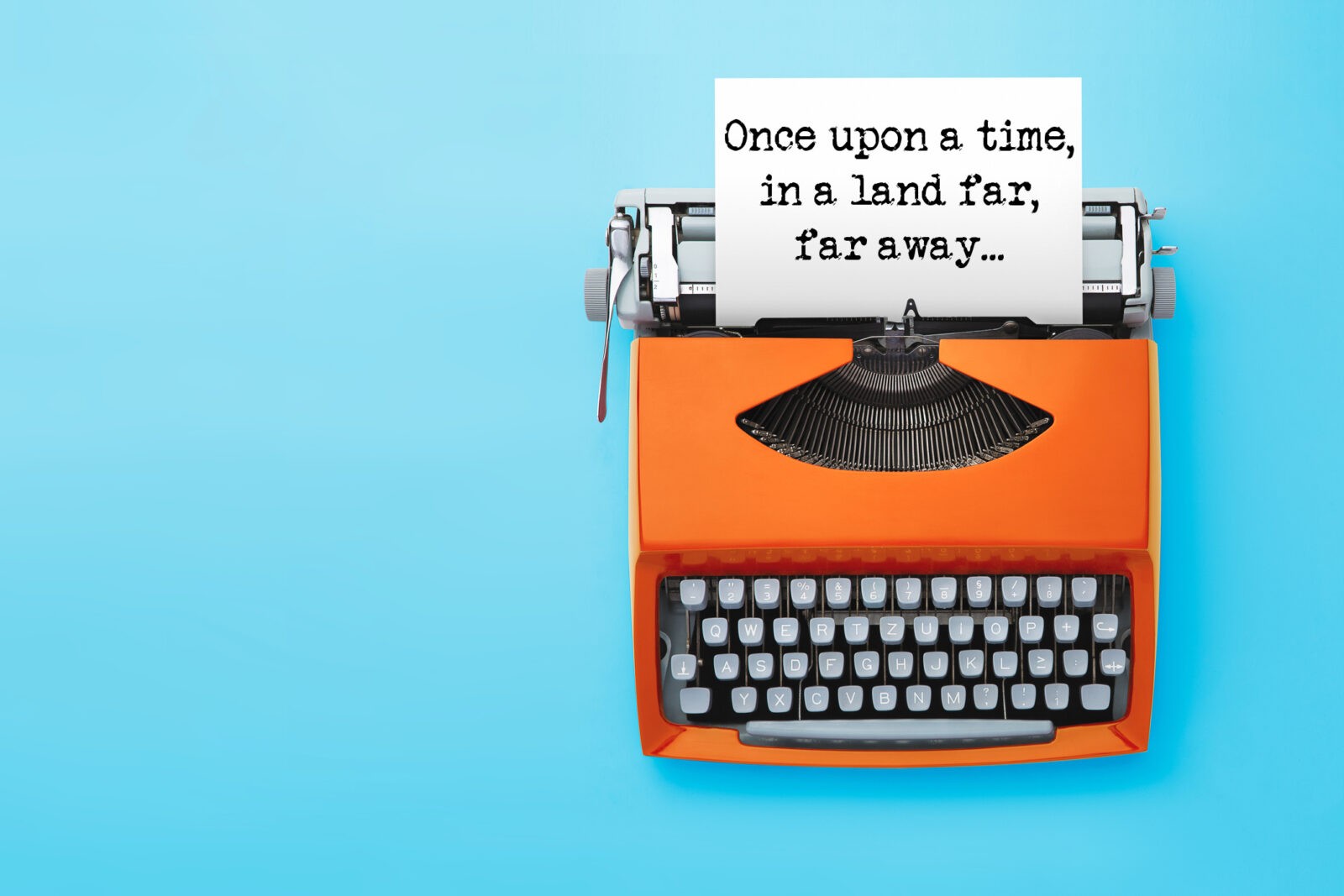Prenups aren’t simply for the rich and famous, nor are they even a remotely recent concept. It may come as a surprise, but prenuptial agreements date back to at least ancient Egyptian times. That’s over 2,000 years of legal precedent! While modern prenuptial agreements are entered in between partners, in olden days prenups were negotiated between the couple’s parents — with no input from the couple themselves.
Ancient Egyptian prenuptial agreements could be either written or verbal, and they established the property that each spouse would bring to the marriage. These agreements were also used to determine the bride’s dowryand ‘bridewealth,’ therefore indicating the price that the groom would pay the bride’s family in exchange for the woman’s hand in marriage.
As with many traditions still present in today’s society, the Egyptians laid a solid foundation for our present interpretation. However, the Egyptians weren’t the only culture to embrace the notion of prenuptial agreements. The Hebrew culture also has over 2,000 years of history with the Ketubah, their version of a marriage contract. ‘Ketubah’ means ‘it is written’ in Hebrew, and it is one of the first legal documents that gave financial rights to women within a marriage. In fact, the Ketubah is said to be the first writteninstance of a document that ensured that a woman inherited her husband’s property if he died.
Perhaps surprisingly, the Ketubah is more than a traditional legal document. Ketubahs are artistically designed and printed in a creative manner. Although financial matters are detailed within the Ketubah, it is often framed and hung ornamentally within a couple’s home.
In European cultures, dowries are often thought to be the earliest examples of prenuptial agreements. The royals were early adopters of the more modern interpretation of a prenuptial agreement. Edward IV and Eleanor Butler reportedly signed a prenup in the mid 1400s. Three centuries later, in the mid 1700s, Elizabeth Oglethorpe requested General James Edward Oglethorpe sign a prenup so that Elizabeth could ensure she’d have property rights.
In the United States, prenuptial agreements were necessary for women until the Married Women’s Property Act (MWPA) of 1848. Up until that point, women could wind up homeless with no property or money in the event of their husband’s death — even if children were involved. While the MWPA ensured that women could inherit property in accordance with their husband’s will, it didn’t offer the preemptive protection that people have come to love about prenuptial agreements nowadays.
Throughout the 19th and 20th centuries, prenuptial agreements continued to evolve. And now, in the 21st century, prenups are more diverse than ever. They come in many shapes and sizes, from lengthy and complex documents to rather straightforward agreements. Instead of being exclusively drawn to protect the interests of a wife, prenuptial agreements are now used on creating an equitable division of assets with which both partners agree.
The history of prenuptial agreements can be considered rather strange, but it’s quite interesting to look at how far we’ve come. If nothing else, it’s a considerable change that you can take take the power into your hands as a couple — instead of leaving your prenuptial terms in the hands of your future in-laws. And that, if you ask us, is quite a relief.

Julia Rodgers is HelloPrenup’s CEO and Co-Founder. She is a Massachusetts family law attorney and true believer in the value of prenuptial agreements. HelloPrenup was created with the goal of automating the prenup process, making it more collaborative, time efficient and cost effective. Julia believes that a healthy marriage is one in which couples can openly communicate about finances and life goals. You can read more about us here Questions? Reach out to Julia directly at [email protected].

0 Comments